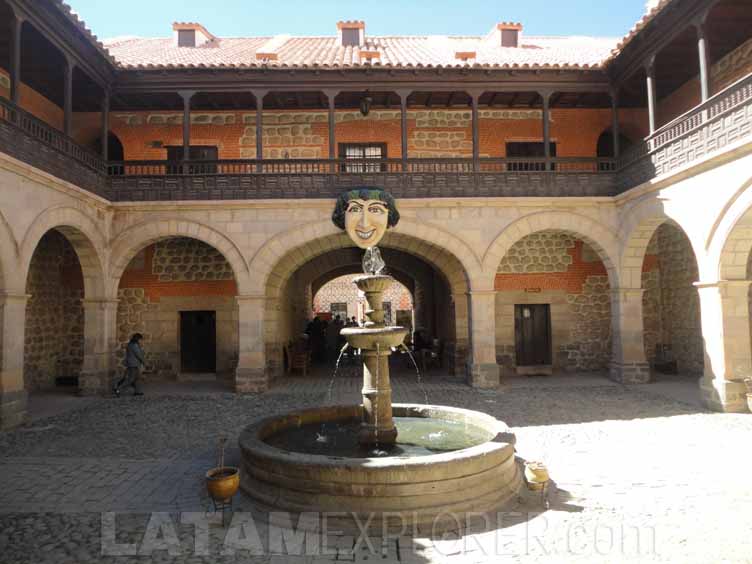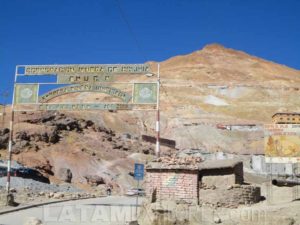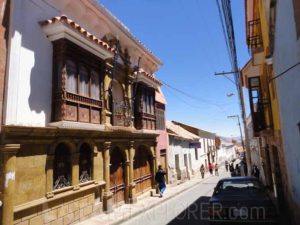Home > Destinations > Bolivia > Potosí
Potosí, Bolivia
Situated 4,090 meters (13,420 feet) above the sea level, Potosí is one of the highest cities in the world. Declared a World Heritage site by UNESCO, the city was reborn in recent years, partly thanks to tourism, after a long period of decadence caused by the reduction of mining activity. Potosí is an attractive city, typically Bolivian, with many places of interest in the central area, as well as being close to Cerro Rico, an almost compulsory sight among visitors as it offers the opportunity to experience a little of the routine of those who have made this city prosper for centuries.

Potosí was founded in 1545 at the footsteps of Cerro Rico (literally, Rich Hill), a mountain "made of silver" which according to legend, has attracted the interest of Spaniards for "glowing" in the dark. Also according to legend, the quantity of ore extracted from this mountain was so vast that it would have been possible to build a silver bridge between the cities of Potosí, in Bolivia, and Madrid, in Spain. Exaggerations aside, the fact is that it is estimated that over 60% of all the silver mined in the world in the late sixteenth century came uniquely from this mountain. During the 1650’s, at the peak of the silver cycle, Potosí came to house nearly 200 thousand inhabitants, a population close to the current, which converted it into one of the largest cities in the Americas at the time. The end of the seventeenth century brought a significant reduction of the mountain productivity, leading to the consequent shrinkage of the economic activity. It is estimated that in 1825, the year of independence of Bolivia, no more than 9,000 people inhabited the city. The city started to grow again ever since, never, however, returning to the glory of the colonial times.

The wealth generated at the time, however, was enough to leave lasting marks in Potosí, as evidenced today in the dozens of churches and other buildings that remain from the days when this was one of the wealthiest cities in the world. A nice way to start a walk through the historic center of the city is heading to the viewpoint at the Society of Jesus Tower, from where you can gain a privileged view over the Cerro Rico and much of Potosí. The Casa Nacional de la Moneda is located in front of the Tower, in the building where the old mint from the colonial period was located and which currently houses what possibly is the best museum of all Bolivia. Exhibits include ancient coins, precious stones, furniture and costumes, objects of art and reproductions of how the minting process has evolved over time. The central square, where the Cathedral is located, is located just a few steps from the Mint.

Considering the importance of mining to the city's history, one of the most authentic and unique tours offered in Potosí takes visitors to one of the cooperative mines still in operation in the Cerro Rico. The traditional itinerary, always accompanied by a guide, starts by visiting a local market where gifts for the miners, like dynamite, beverages or coca leaves, can be bought. Then, it continues to the actual mines, where you can spend an hour or two (possibly even more) hiking or sneaking through narrow passages, while a mixture of history and legend is gradually absorbed.

Potosí is served by a small commercial air terminal which has direct flights to La Paz and Santa Cruz de la Sierra. By road, the city is 155km (95mi) away from Sucre (2h45), 200km (125mi) away from Uyuni (3h15), 315km (195mi) away from Oruro (4h30) and 540km (335mi) away from La Paz (7h45). Buses also run along these stretches, although travel times are generally higher than those mentioned here.







